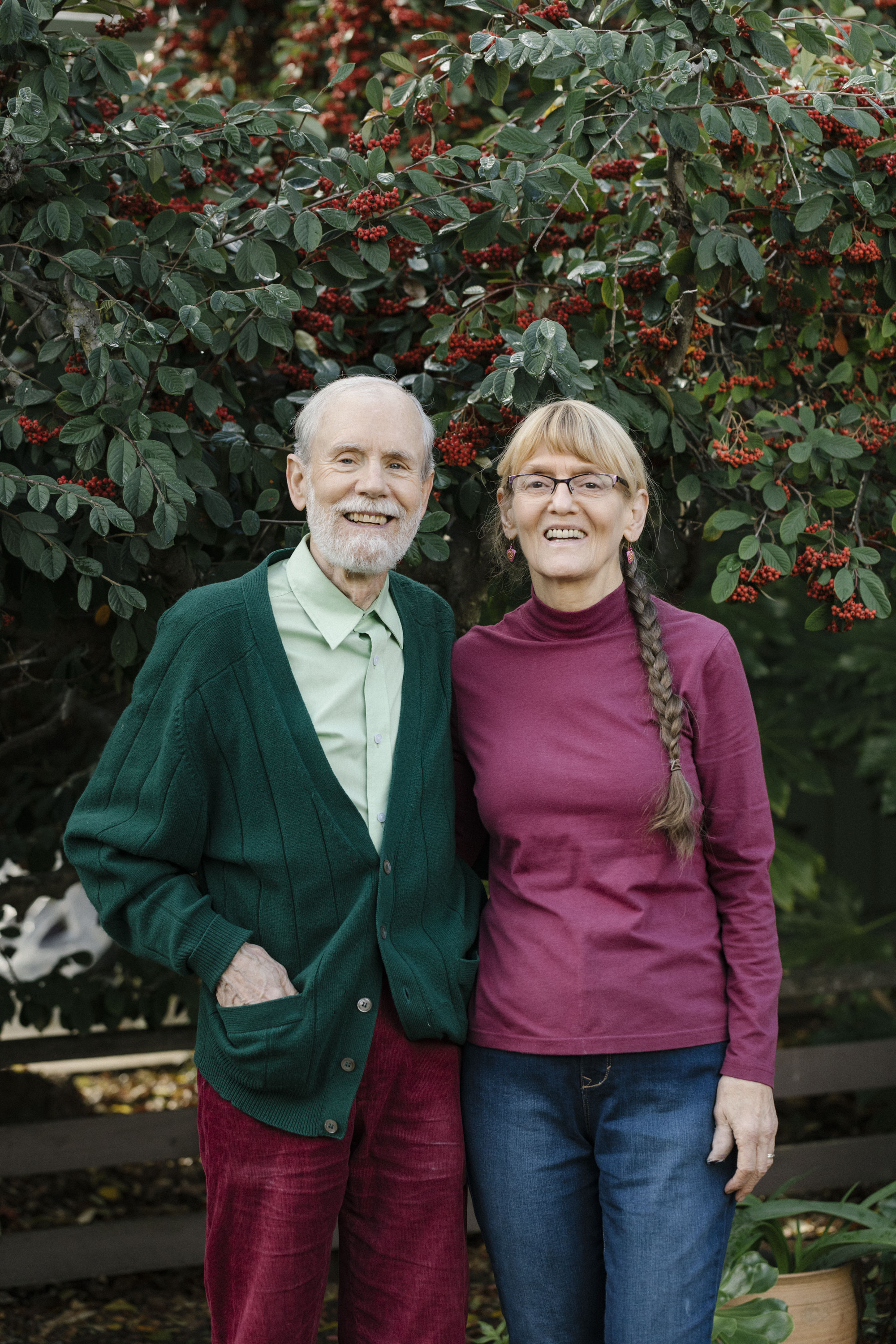
For retired electrical engineer Bruce Heflinger, giving back is a way of life. He volunteers at his local library and is a regular blood platelet donor—and he and his wife, Mary DeMasters, see planned giving at MIT as another way of helping to make a better world.
Income for the present. After making smaller annual gifts to MIT for decades, Heflinger and DeMasters chose to establish a charitable remainder unitrust. “It provides lifetime income for household expenses,” Heflinger explains. “The principal grows as part of MIT’s professionally managed endow-ment, and the payout to us grows proportionally.” In the future, the payout will fund undergraduate scholarships.
Illuminating ocean chemistry. When deciding how to allocate annual charitable distributions from his IRA, Heflinger was driven by his concern for ocean pollution and overfishing. The initial contribution facilitated the purchase of equipment for Professor Andrew Babbin’s lab that analyzes nitrogen metabolites in ocean water, and it also supported three MIT undergraduates during the lab’s three-week oceanographic research expedition to the Pacific. “MIT is uniquely capable of teaching new generations to invent and apply engineering know-how to mitigate harms in the natural world,” he says. “I view MIT as a technology incubator for the future of the planet. It’s a concentration of brilliant people solving relevant problems in imaginative ways.”
Help MIT build a better world.
For more information, contact Amy Goldman:
617.253.4082; goldmana@mit.edu.
Or visit giving.mit.edu/planned-giving
Keep Reading
Most Popular
Large language models can do jaw-dropping things. But nobody knows exactly why.
And that's a problem. Figuring it out is one of the biggest scientific puzzles of our time and a crucial step towards controlling more powerful future models.
The problem with plug-in hybrids? Their drivers.
Plug-in hybrids are often sold as a transition to EVs, but new data from Europe shows we’re still underestimating the emissions they produce.
Google DeepMind’s new generative model makes Super Mario–like games from scratch
Genie learns how to control games by watching hours and hours of video. It could help train next-gen robots too.
How scientists traced a mysterious covid case back to six toilets
When wastewater surveillance turns into a hunt for a single infected individual, the ethics get tricky.
Stay connected
Get the latest updates from
MIT Technology Review
Discover special offers, top stories, upcoming events, and more.